6 years ago, I was an English as a foreign language teacher.
I spent 10 years teaching students from all over the world how to communicate in the new Lingua Franca.
Although I’ve stopped teaching, I’m still obsessed with effective learning techniques and I wanted to share 10 tips I’ve learned in simple visuals.
These aren’t about learning a skill as fast as possible (maybe that’s a topic for another newsletter). No, they’re tips for how anyone — even you — can learn more effectively with everything else that is going on in your life.
Let’s get started.
1. Treat mistakes as learning opportunities
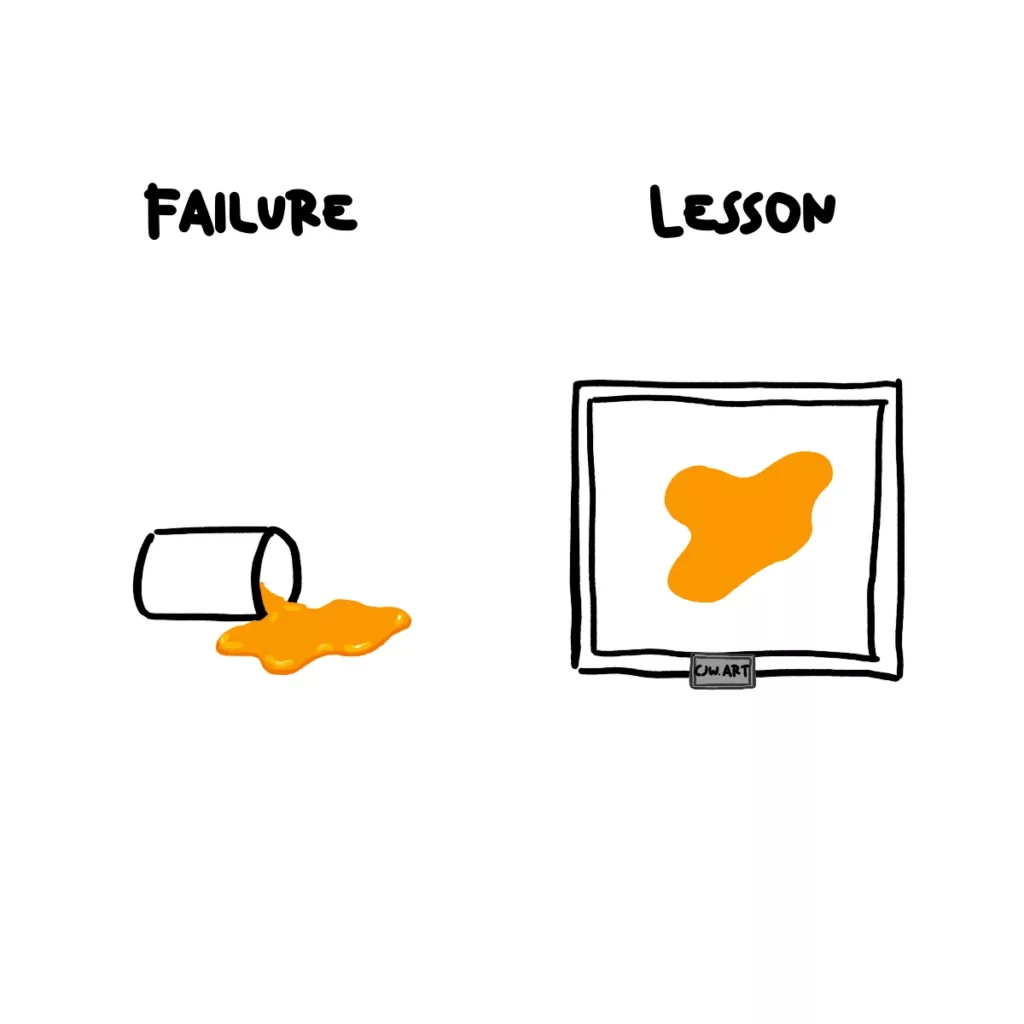
It sucks to fail or not do something correctly.
And yet it’s a normal part of the learning process. After all, no one is an expert straight away!
Seeing mistakes as a learning opportunity can help. Our demotivating “failures” can instead motivate us and teach us what not to do.
In studies of programmers, when they were encouraged to see failure as part of the process — not the goal mind — they made more numerous and creative attempts to solve problems.
Ultimately, it made them more successful.
2. You learn more by doing than thinking
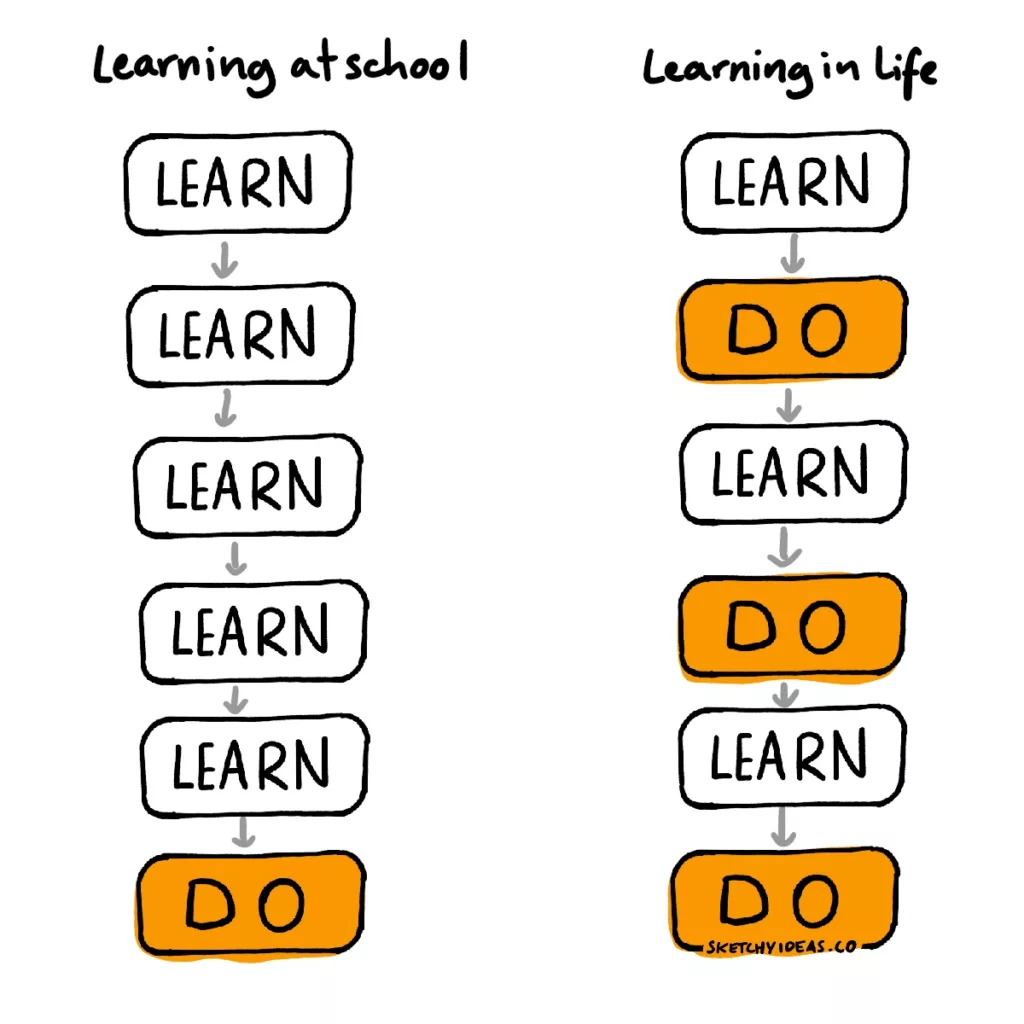
A little thinking is good, a lot of think
Information needs to be applied to become knowledge and wisdom. It’s all well and good knowing some data, but if you don’t try it, you’ll never understand it.
Doing makes us
- remember more
- turn information into skill
- Find the limits of an idea and discover alternatives
This is especially important for practical and physical skills but it also applies to more theoretical ideas (you just need to test them against other theories situations).
So keep studying, but make sure you apply it too.
3. Just in case learning vs just in time learning
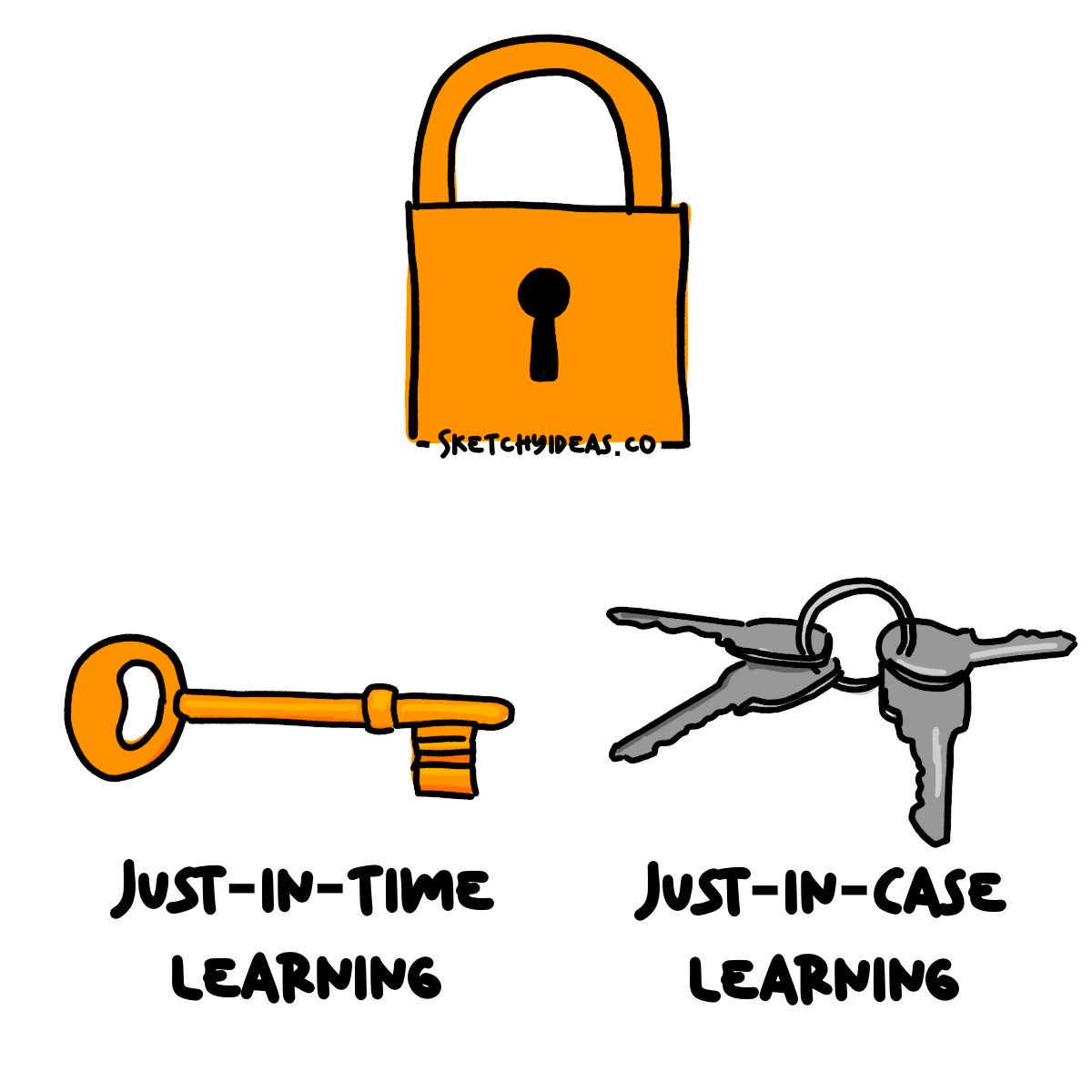
You’ll remember more, and learn quicker if you have a problem you need to solve.
That’s exactly what just-in-time learning is: learning when you need to.
The alternative is just-in-case learning: learning for some possible future benefit.
Just in case learning can have unexpected benefits but you’ll remember more from just-in-time learning.
4. 1% better every day adds up
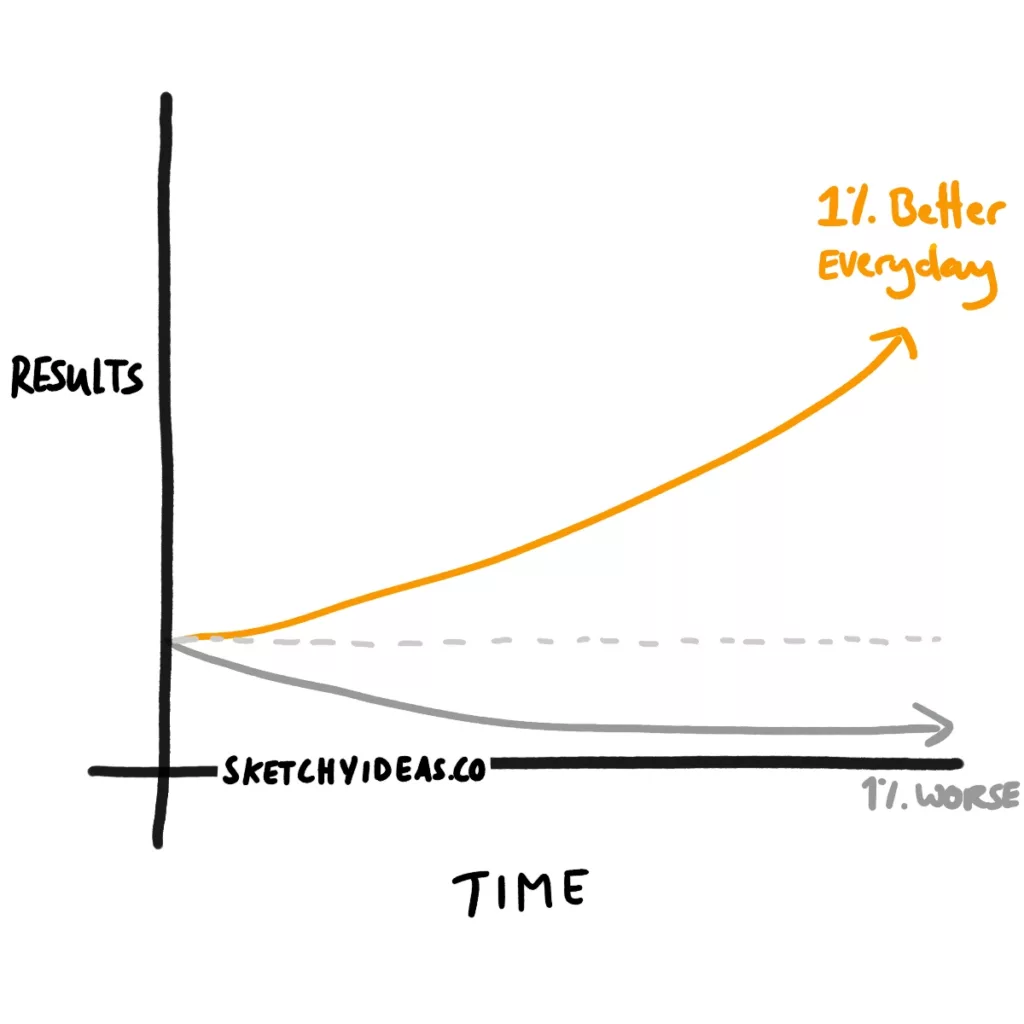
Here’s a little maths game.
If you improve 1% every day (compounding) for a year, how much do you improve?
The answer is 37.78%. And the more you extend that chain, the greater the compounding effect is.
If you can do more than 1%, great! But even a tiny improvement can have massive effects.
5. Revist knowledge to avoid forgetting it
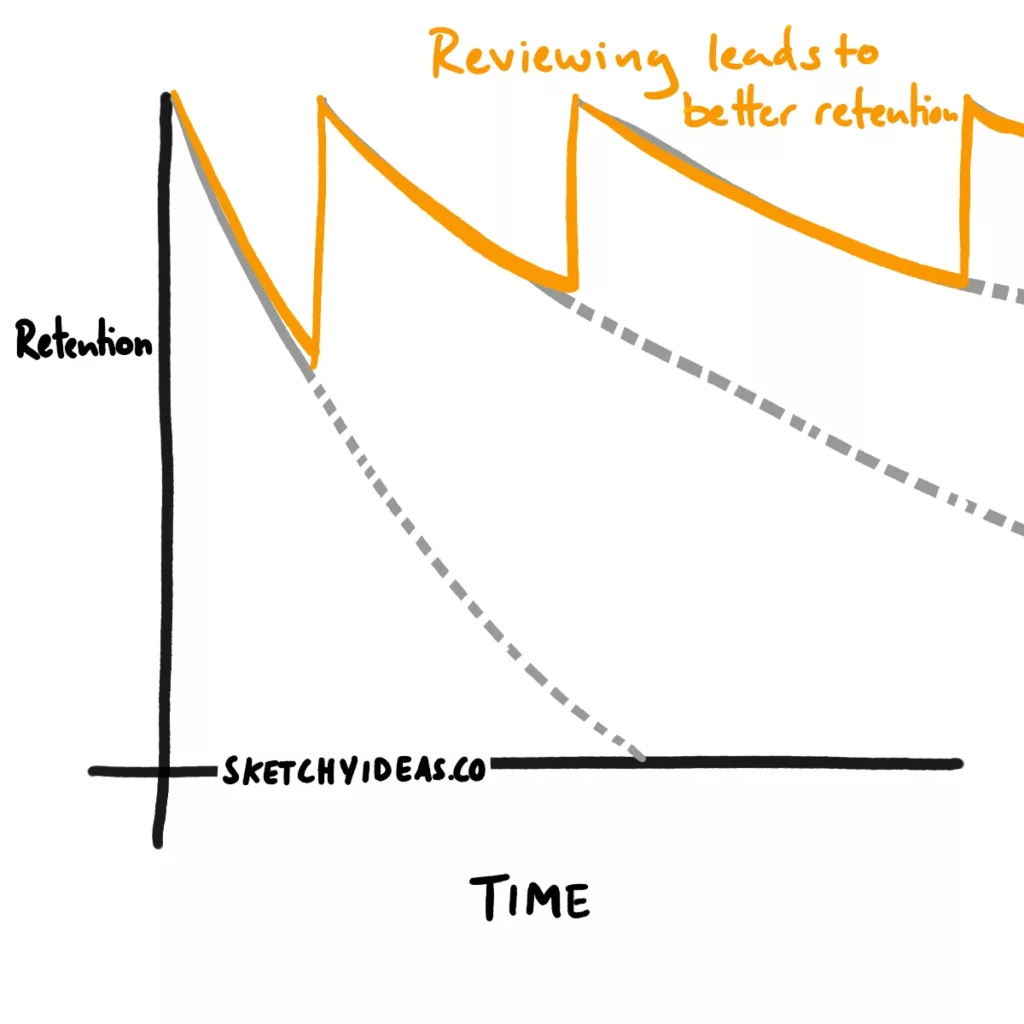
Between 1880 and 1885, Hermann Ebbinghaus ran a series of studies that led to the discovery of the forgetting curve.
After encountering some information for the first time, we start to forget it quickly. But if we recall or encounter that information again, two things happen. We remember it better and we forget it more slowly.
This insight led to the principle of spaced repetition: revising and revisiting information in increasingly lengthened time gaps so you remember it.
Some people use formal systems to carry out spaced repetition but there is another way. If you place ideas and chances to use those ideas naturally in your way, you’ll revisit those ideas more.
And the next tip is a great way to do that.
6. Learning what you’re told to vs learning what you want
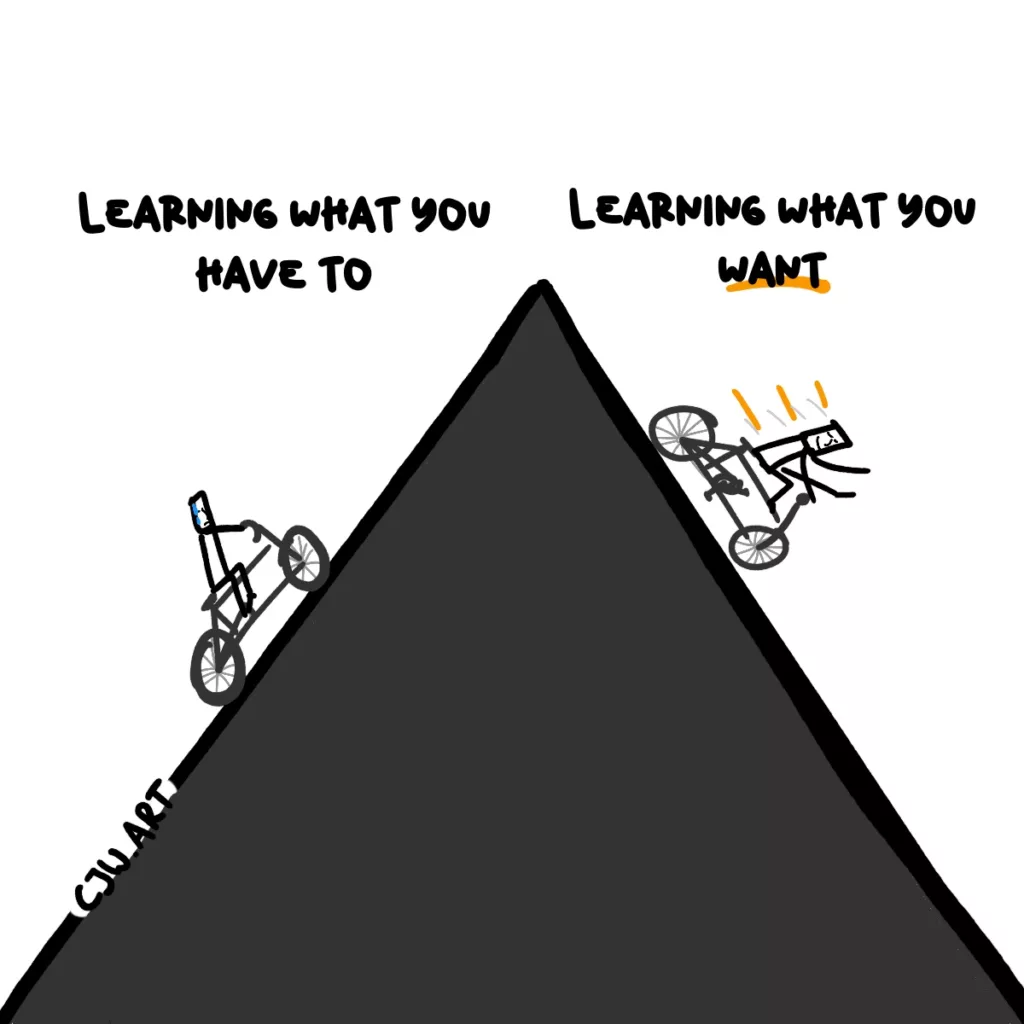
What was your least favourite subject at school?
For me, it was French. I didn’t enjoy the classes, so I didn’t study, so I fell behind, so I enjoyed it less!
That’s the difference between internal (for the joy of the activity) and external (for a reward or to avoid punishment) motivation. You might think the second is more motivating, but every major study has shown the reverse.
When you’re more motivated, you study longer, remember more, and find it more useful.
7. Learn like a professor
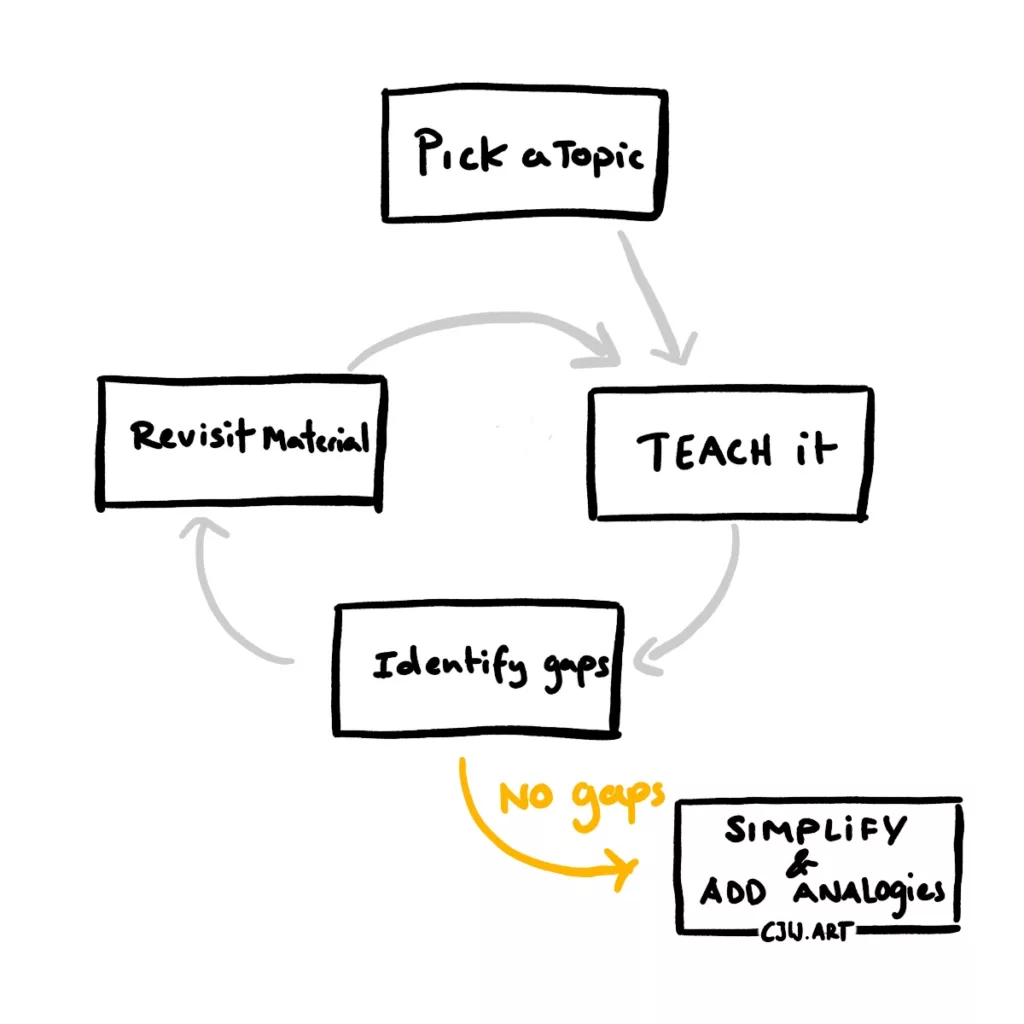
Richard Feynman was a professor of Physics and developed a technique to remember information.
- Step 1: Pick something to learn and study it.
- Step 2: Recall that information and imagine teaching it to someone (Richard wrote things out).
- Step 3: Identify your gaps in knowledge and review the information.
- Step 4: Repeat steps 2-3 until there are no gaps.
- Step 5: Simplify and clarify your explanation.
You might notice how this uses some of the same principles for other points.
8. Connect what you learn with what you know
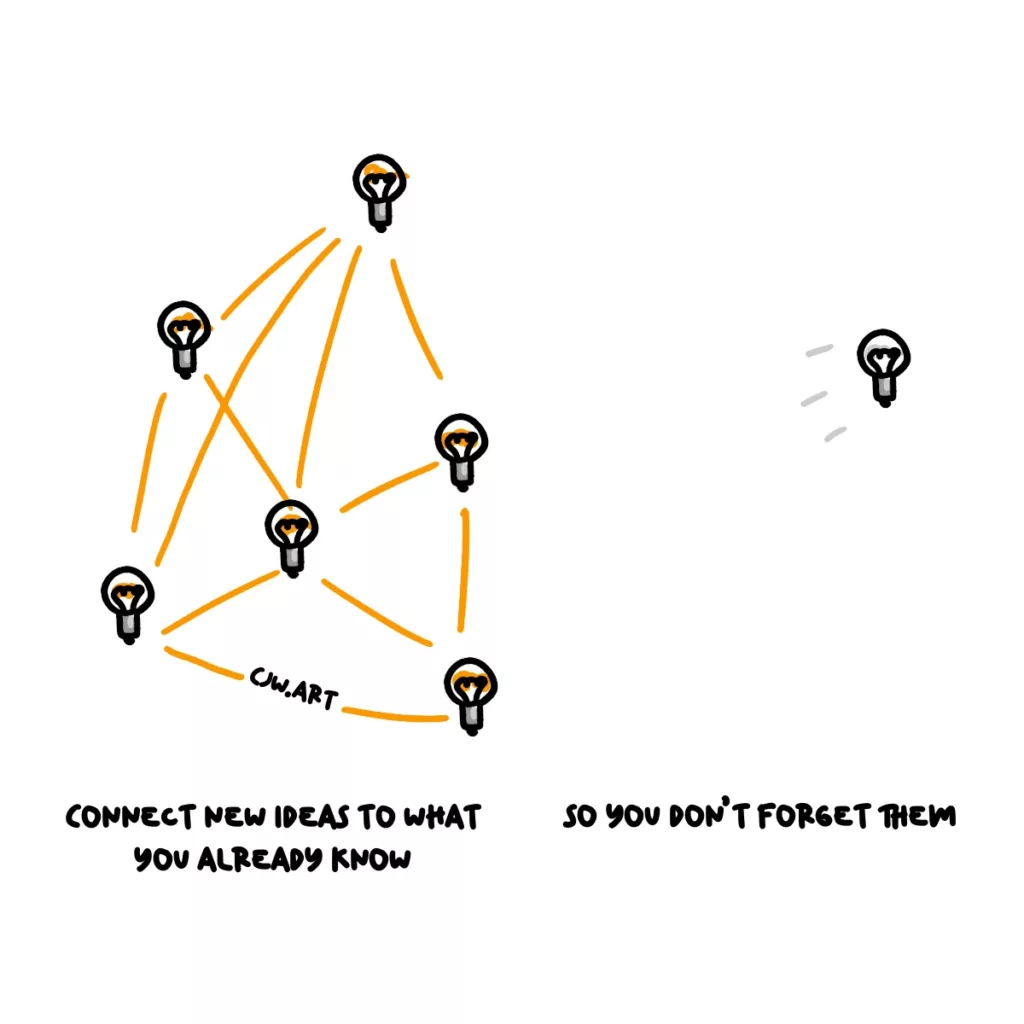
When you learn something, your brain literally makes a new connection between neurons.
It’s not that those neurons hold a piece of information, but the process of forming connections helps the brain remember things (yes, it’s all a bit weird, but your brain isn’t a computer and that’s where a lot of our misunderstanding comes from).
The more connections we make between a new piece of information,
- the more easy it is to recall that information later
- the longer we can recall it for
- and the more likely we are to apply it.
So, when you encounter a new idea, ask yourself a few basic questions: what is this like, what is this different from, what does this remind me of, this is relevant to me because… and so on.
The more connections you can draw, the easier it will be to recall.
9. Self-care helps you learn more
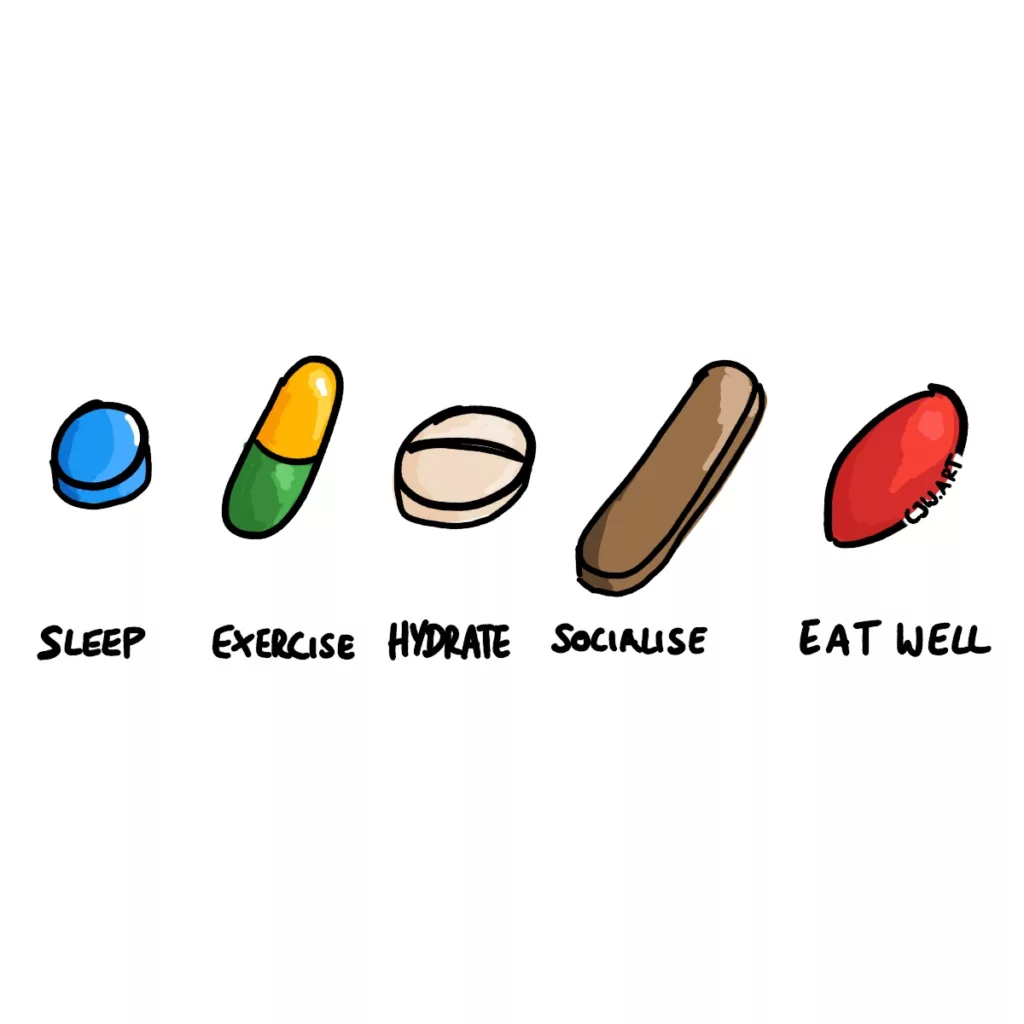
Your brain is a physical thing.
And just like the rest of your body, if you don’t look after it, it won’t work fully. Physical things like food, water, and sleep matter, but so do mental things like socialising and having time in silence.
Looking after your mind if you want to learn more.
10. Take good notes
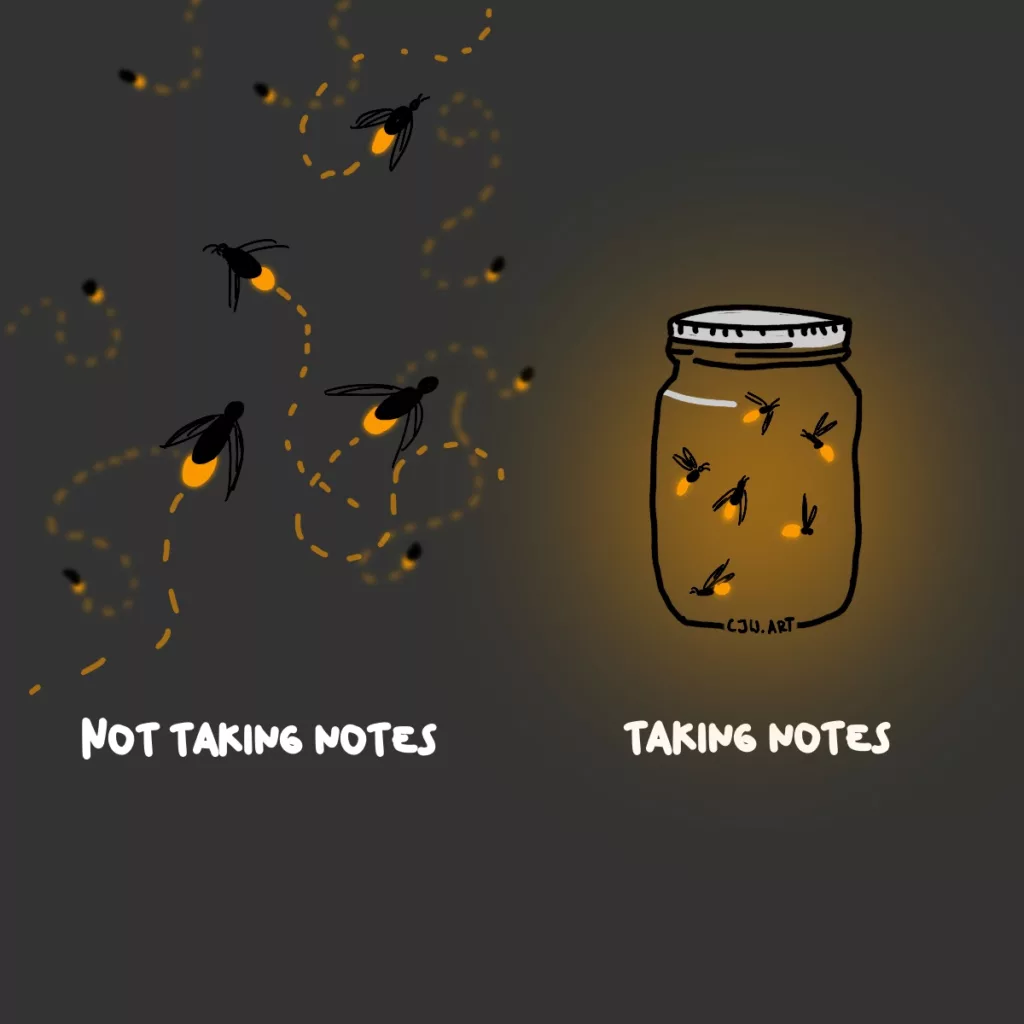
Confession time: I have a terrible natural memory.
Just terrible.
It’s why I need a good note-taking system to help me remember, well, anything.
(Sidenote: my favourite trick at the moment is asking siri to “remind me to…[call/pick up/cook/take out the washing/etc] this evening” whenever there’s a task I need to do but can’t do now.
Even if you have a good natural memory, there’s only so much you can remember, but notes can help you go beyond that.
But here’s the funny thing — the process of making good notes, like sketchnotes, will help you remember more too.
Don’t learn and forget, learn and recollect.
Found these tips useful?
If you’ve enjoyed these tips, please show some love on Twitter (X) or LinkedIn (or you can forward it to a friend).
And make sure you sign up for my newsletter to get the next series of visuals delivered directly to your inbox.

Leave a Reply